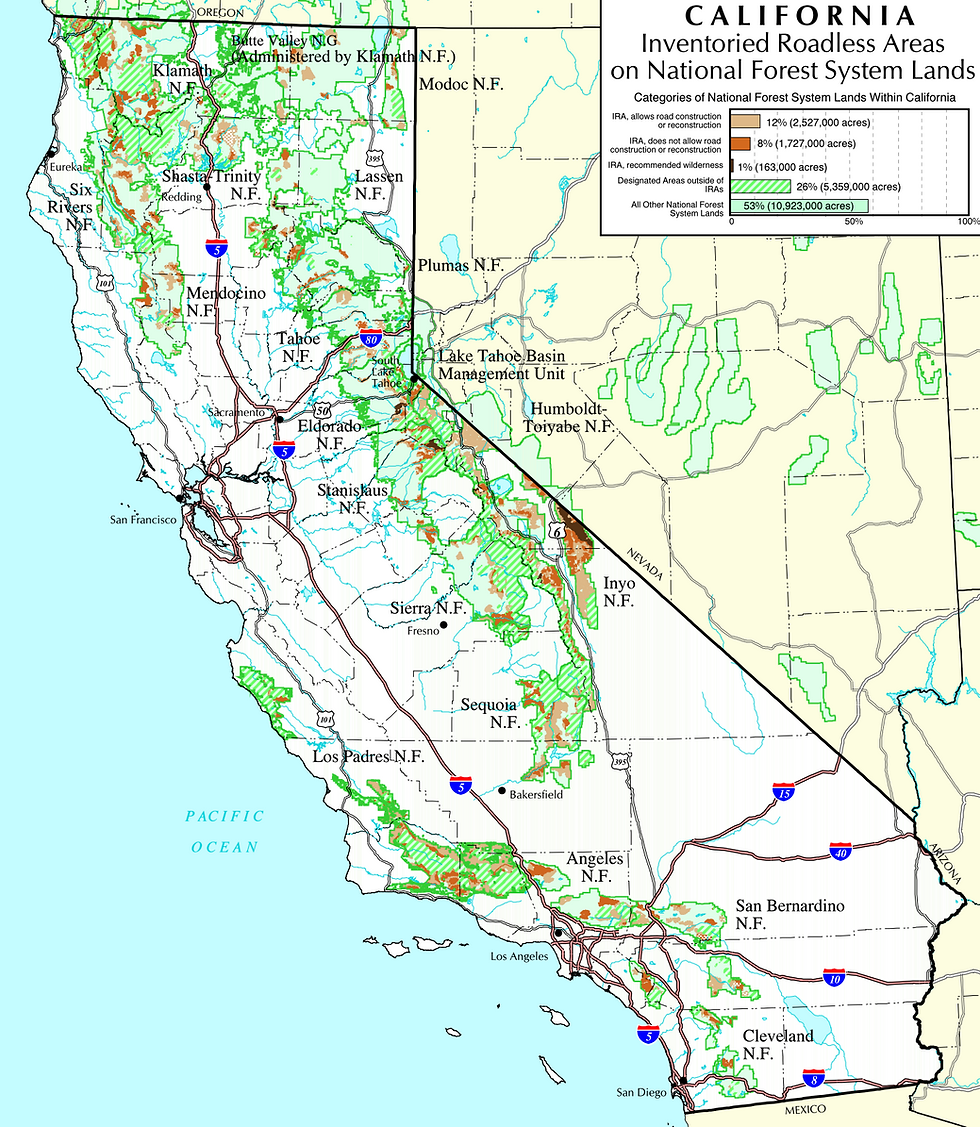Tracking the Wild Spring Chinook of the Salmon River
- Amber Jamieson

- Aug 19
- 3 min read
Each summer, a group of local divers, fish biologists, and community volunteers submerge themselves in the icy pools of the Salmon River, swimming alongside some of the last truly wild spring Chinook in the Klamath Basin. This year, we joined the Salmon River Restoration Council (SRRC) once again for the annual Spring Chinook and Summer Steelhead Cooperative Fish Dives—a community-led science effort with far-reaching implications for Klamath River restoration and salmon recovery. The dive surveys, coordinated annually by SRRC since 1992, are the longest‑running voluntary underwater census for salmon—providing critical data used to assess population status and inform management decisions.
Preliminary fish count totals for 2025 are as follows:
Adult Spring Chinook: 414
Spring Chinook Jacks (immature males): 70
Adult Summer Steelhead: 254
Steelhead Half-Pounders (juvenile returners): 236
These numbers reflect more than fish counts. They are data points in a long-term monitoring project that helps guide restoration priorities and track the health of endangered and sensitive salmonid populations.
Below is a summary of SRRC’s spring Chinook returns data—including both adults and jacks—from 2012 through 2025, showing periods of decline and a recent encouraging resurgence, with this year being the highest count in the last decade. This rebound is likely because returning salmon do not have to swim through the poor conditions that the Klamath dams produced before dam removal, which was completed last year.
The graph below shows total observed spring Chinook (adults + jacks) during annual cooperative fish dive surveys in the Salmon River, 2012–2025. 20 minutes.

Spring Chinook numbers were highest in 2012 (1,291 fish), followed by strong returns in 2013 and 2014. From 2015 through 2021, counts declined steeply, bottoming out at just 95 fish in 2021. A modest recovery began in 2022 (290 fish), dipped again in 2024 (115), and surged in 2025 to 484 fish. Ongoing monitoring and cold water protections will be critical to sustain this recovery.
Spring Chinook are the once and future kings of the Klamath River. Before dams blocked upstream access and water diversions warmed and dewatered ancestral spawning grounds, spring-run Chinook were the predominant salmon species in the Klamath River system. Unlike their fall-run counterparts, spring Chinook enter freshwater in early spring and hold in cold water pools throughout the hot summer, before spawning in the fall. This unique life history makes them especially vulnerable to habitat degradation and climate change—but also critical for recolonizing newly accessible habitat following dam removals. Many say that the Salmon River spring Chinook are the genetic heirs to the repopulation of the Upper Klamath Basin habitat. The final fate of our quest to Un-Dam the Klamath now rests on the return of the kings.
The Salmon River remains one of the last strongholds of truly wild spring Chinook in the Klamath Basin. There are no hatchery releases here—only native, self-sustaining fish that have persisted against all odds.
These dives matter now more than ever. With the largest dam removal project in U.S. history underway on the Klamath River, there is a once-in-a-generation opportunity to restore spring Chinook to their historic upper basin habitat. But that future depends on the survival and strength of remaining wild populations—like those in the Salmon River.
The data gathered from these dives informs regulatory agencies, tribal governments, and conservation groups working to secure protections and recovery strategies. It’s also a reminder of how much ground we’ve lost—and how much we stand to gain.
The Spring Chinook & Summer Steelhead Cooperative Dives have been led by SRRC in cooperation with agencies and tribes for over 30 years, blending traditional ecological knowledge, community science, and hands-on restoration. Generations of volunteers have carried on this tradition with goggles fogged, wetsuits zipped, and data sheets in hand.
For many, it’s not just data collection—it’s a spiritual renewal, a hopeful act of connection with a species on the brink and a river still fighting to run wild.
EPIC remains committed to protecting the Salmon River and its irreplaceable wild spring Chinook. We continue to advocate for cold-water protections, dam removals, the protection of upslope forests, and strong legal safeguards for threatened fish and their habitat.
If we get it right, the Salmon River springers won’t just survive—they’ll lead the way home to the newly reopened upper Klamath Basin.
Check out the video below for underwater footage from this year’s dive—including a surprise visit from a very big male Chinook.
Photos Our Fish Dive Adventures



















Comments